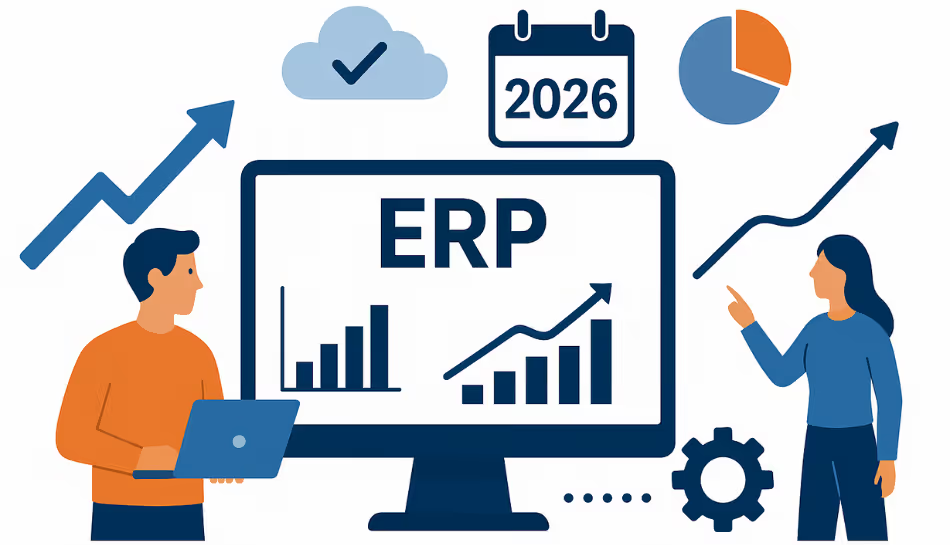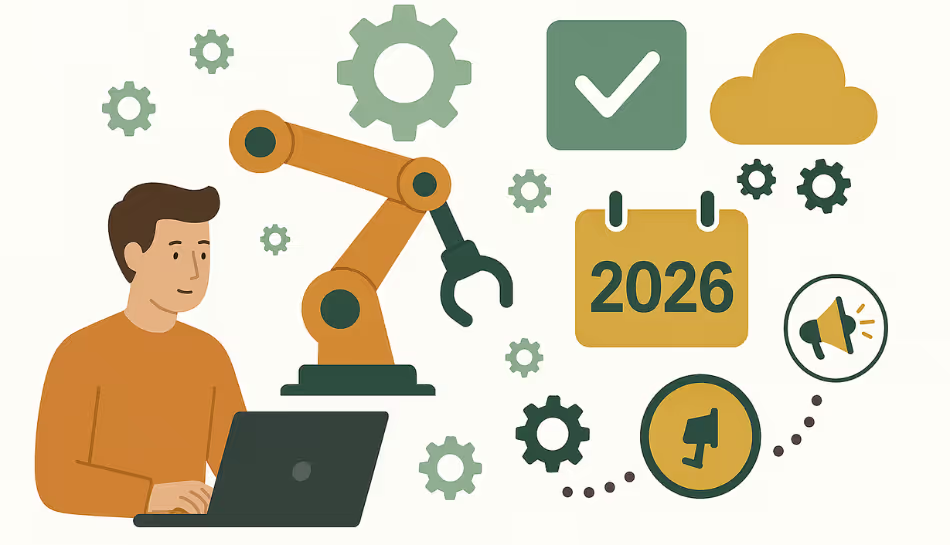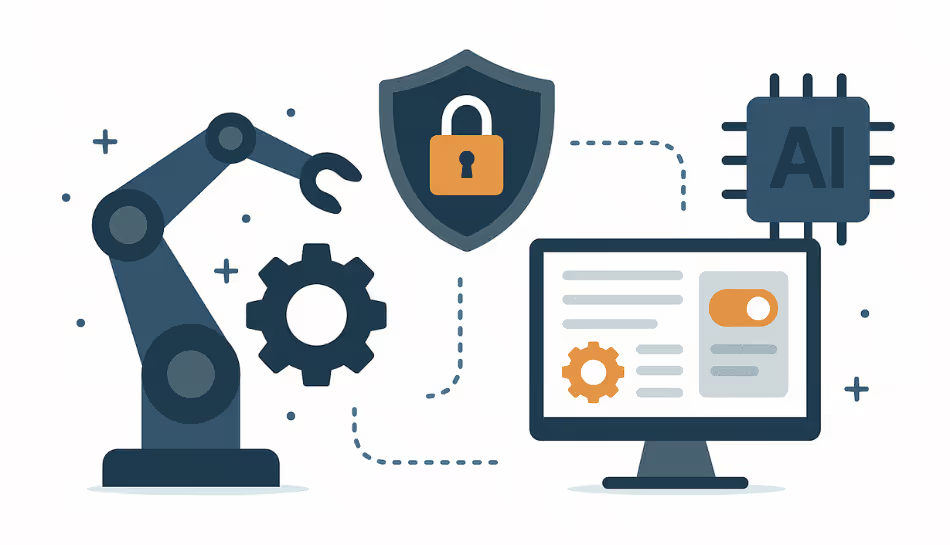
The world of Enterprise Resource Planning (ERP) is undergoing a transformation. What began as basic back-office automation has become a dynamic ecosystem of intelligent, connected tools that help businesses adapt, grow, and thrive.
As we head toward 2026, the ERP software market is expected to become more agile, more accessible, and more intelligent, driven by changing business needs, rising cloud adoption, and the demands of Industry 4.0.
Let’s explore the latest trends in ERP, what’s shaping the ERP industry, and what businesses should expect next.
1. Cloud-Based ERP is Becoming the Norm
The shift from on-premise systems to cloud ERP is no longer a trend, it’s the new standard. Companies are choosing cloud solutions for their:
- Lower upfront costs
- Easy scalability
- Anywhere access
- Faster implementation and updates
By 2026, a significant majority of ERP adoption, especially among small and mid-sized businesses, is expected to be cloud-first. This shift is also reshaping the ERP software market, with cloud-native platforms leading growth.
2. AI-Powered Automation and Analytics
Modern ERP systems are getting smarter thanks to artificial intelligence (AI) and machine learning (ML). These technologies help with:
- Predicting demand and inventory needs
- Automating repetitive tasks like invoicing or payroll
- Spotting anomalies in finances or operations
- Offering decision-making suggestions in real time
Expect AI-driven ERP platforms to be more common in 2026, especially in manufacturing, logistics, and finance.
3. Vertical-Specific ERP Solutions Are on the Rise
Instead of one-size-fits-all products, ERP vendors are creating industry-specific solutions tailored to sectors like:
- Manufacturing
- Healthcare
- Retail
- Construction
- Media
These systems come pre-loaded with relevant modules, compliance settings, and workflows, helping businesses save time and money during implementation.
This trend is expanding the ERP market share of smaller, specialized vendors who compete with giants by offering niche expertise.
4. Mobile ERP for Real-Time Access
As remote work and field operations continue to grow, mobile ERP access is becoming a must-have. In 2026, expect more platforms to offer:
- Mobile dashboards for executives
- On-the-go inventory and sales tools
- Field service apps
- Mobile approvals and alerts
ERP adoption will increasingly depend on whether teams can work from anywhere, not just from behind a desk.
5. Greater Focus on User Experience (UX)
ERP systems used to be clunky and complex. Not anymore.
The latest trends in ERP show a shift toward cleaner interfaces, intuitive dashboards, and low-code/no-code customization options. This makes it easier for non-technical users to get value from the software, reducing training time and boosting adoption.
In 2026, user-friendly ERP platforms will have a clear advantage in the growing market.
6. Integration with IoT and Smart Devices
As factories and warehouses adopt sensors, scanners, and smart equipment, ERP systems are being built to connect directly with these devices.
This Industry 4.0 integration allows for:
- Real-time tracking of goods and equipment
- Automated maintenance alerts
- Energy usage monitoring
- Enhanced quality control
ERP industry trends suggest that this will be particularly important in manufacturing and supply chain environments.
7. Data Security and Compliance Become Core Features
With stricter data privacy laws around the world (like India’s DPDP Act or Europe’s GDPR), ERP systems must now include:
- Role-based access control
- Data encryption
- Audit trails
- Built-in compliance checklists
As businesses grow more conscious of data security, this feature will be non-negotiable in the ERP system market share race.
Final Thoughts
The ERP market in 2026 is expected to be more intelligent, flexible, and industry-driven than ever before. With rising demand for cloud solutions, smart automation, and connected operations, ERP is no longer just a back-office tool, it’s the engine of digital transformation.
Whether you're a small business or a growing enterprise, staying in sync with these ERP future trends will help you choose systems that deliver value not just today, but in the years ahead.

